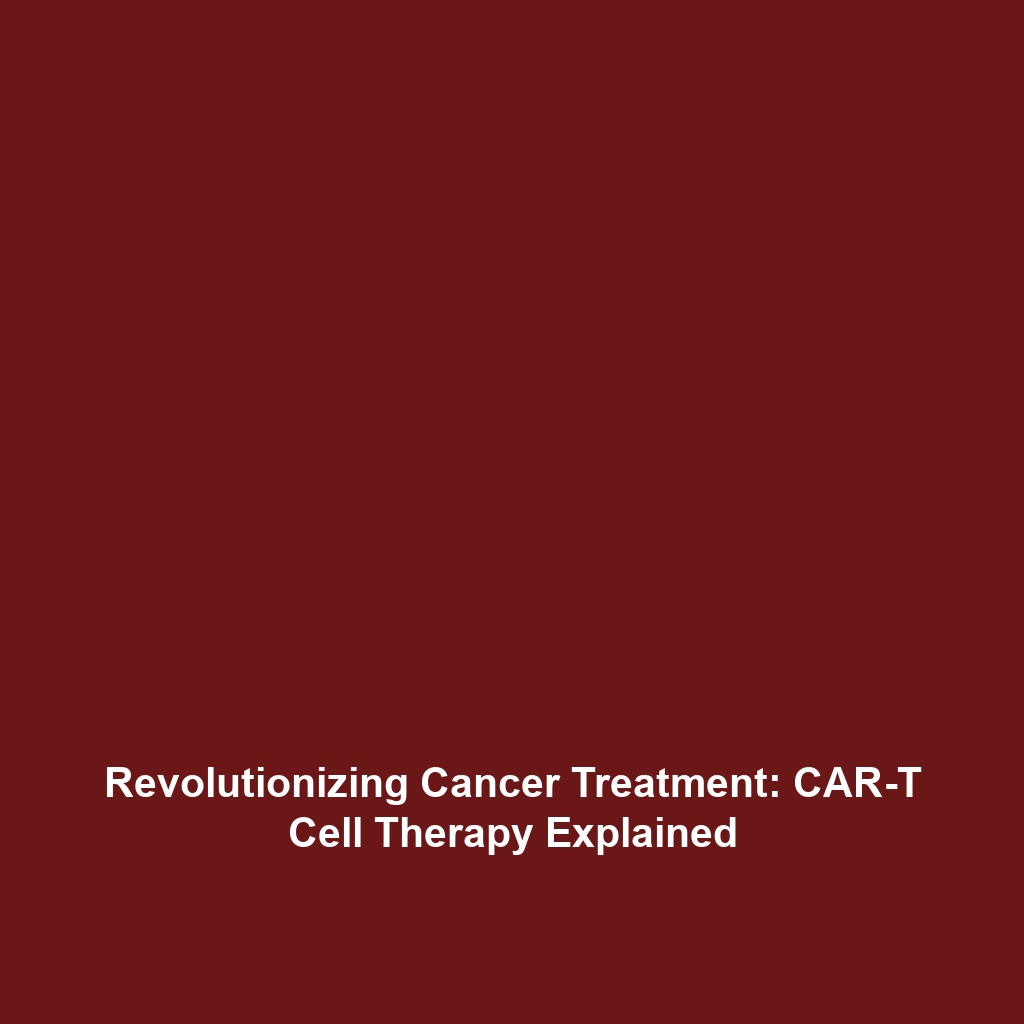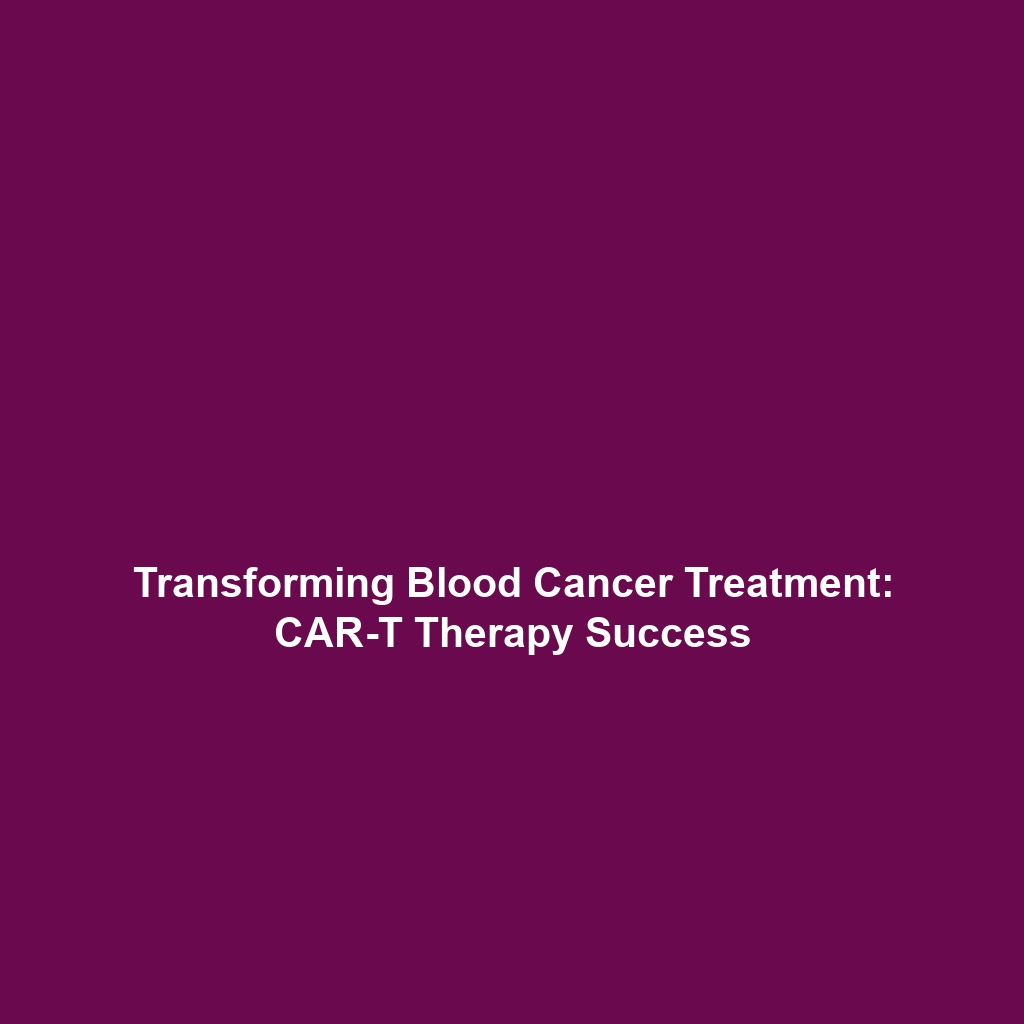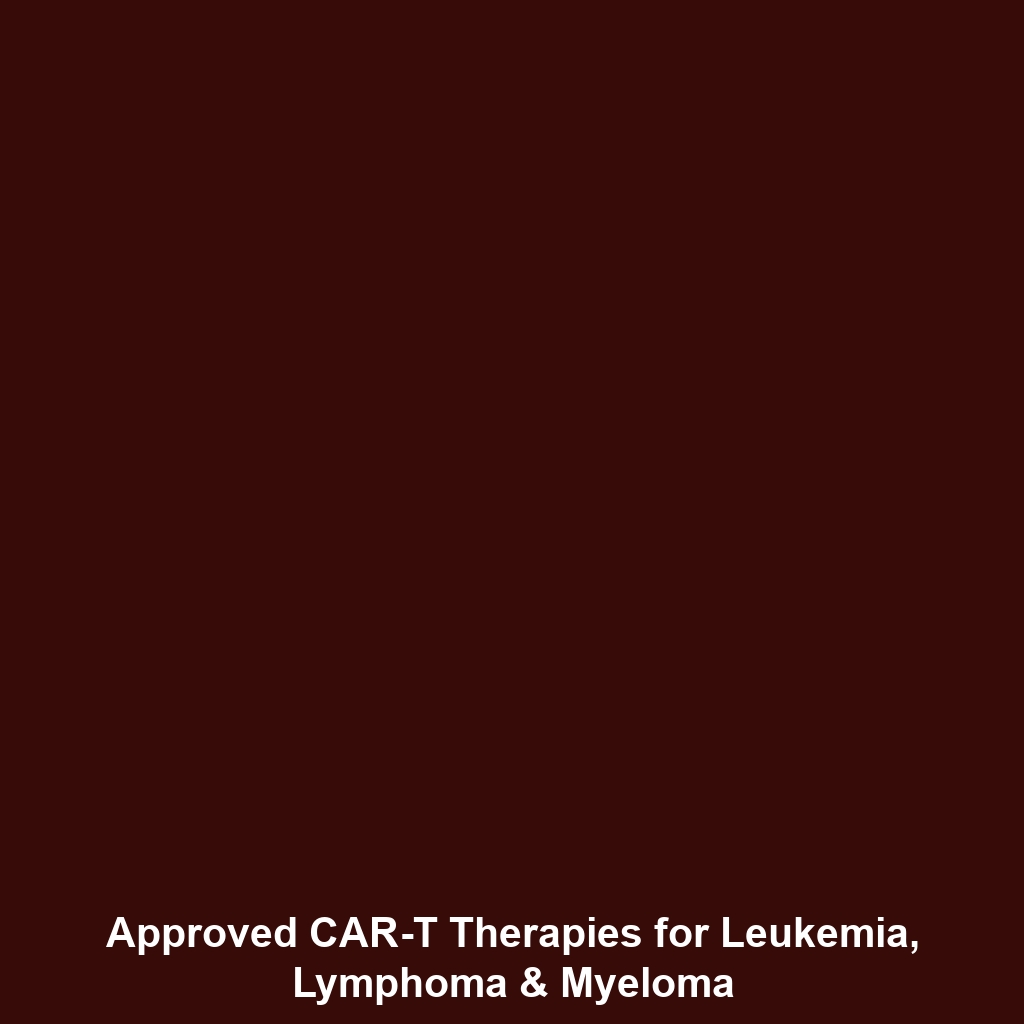Combination Therapies: Checkpoint Inhibitors Combined with Other Treatments for Better Outcomes
Introduction
Combination therapies, particularly the use of checkpoint inhibitors in conjunction with other therapeutic modalities, have emerged as a pivotal approach in the field of immunotherapy and cancer treatment. This innovative strategy seeks to enhance patient outcomes by leveraging the synergistic effects of multiple treatments to elicit a more robust immune response against tumors. Understanding the significance of these combination therapies is critical for oncologists and researchers aiming to develop effective and personalized cancer therapies. This article delves into the core aspects of combination therapies, highlighting how they improve outcomes in the landscape of immunotherapy and cancer.
Key Concepts
Understanding Checkpoint Inhibitors
Checkpoint inhibitors are a class of drugs that block proteins regulating immune response, thereby allowing the immune system to recognize and attack cancer cells more effectively. These therapies include agents targeting PD-1, PD-L1, and CTLA-4 pathways, which have shown significant survival benefits in various malignancies.
Combination Approaches
Combining checkpoint inhibitors with other treatments, such as:
- Chemotherapy: Potentiates immune activation by reducing tumor burden and enhancing antigen presentation.
- Radiation Therapy: Induces immunogenic cell death, making tumors more susceptible to immune-mediated destruction.
- Targeted Therapies: Focuses on specific mutations within tumors that can enhance the efficacy of immune responses.
Applications and Real-World Uses
The application of combination therapies, specifically checkpoint inhibitors, has been transformative in several types of cancer treatment, including:
- Melanoma: The combination of ipilimumab (anti-CTLA-4) and nivolumab (anti-PD-1) has demonstrated unprecedented survival rates.
- Non-Small Cell Lung Cancer (NSCLC): Using atezolizumab (anti-PD-L1) with chemotherapy has improved outcomes compared to chemotherapy alone.
- Hematologic Malignancies: Combinations such as CAR T-cell therapy with checkpoint inhibitors are showing promise in blood cancers.
Current Challenges
Despite the promising results, there are several challenges associated with the study and implementation of combination therapies:
- Adverse Effects: Increased toxicity and immune-related side effects can complicate patient management.
- Cost-Effectiveness: Combination therapies can lead to higher healthcare costs, impacting accessibility.
- Biomarker Development: Identifying predictive biomarkers for patient selection remains a challenging area of research.
- Clinical Trial Design: The complexity of trial designs must accommodate multiple treatment modalities, often complicating data interpretation.
Future Research and Innovations
Future research in combination therapies involving checkpoint inhibitors is set to explore various cutting-edge innovations, such as:
- Next-Generation Sequencing: Personalized medicine approaches to identify suitable candidate therapies for individual patients.
- Neoantigen Vaccines: Targeting unique tumor antigens to elicit strong immune responses when combined with checkpoint inhibition.
- Artificial Intelligence: Utilizing AI-driven algorithms to optimize treatment regimens and predict patient outcomes in combination therapies.
Conclusion
In summary, combination therapies incorporating checkpoint inhibitors have revolutionized the landscape of immunotherapy and cancer treatment. By understanding the mechanisms and applications of these treatment strategies, healthcare providers can aim for improved patient outcomes. Continued research and clinical trials are essential for overcoming existing challenges and harnessing the full potential of these therapies.
For more information on advancements in immunotherapy and specific treatment modalities, visit our related topics page.



